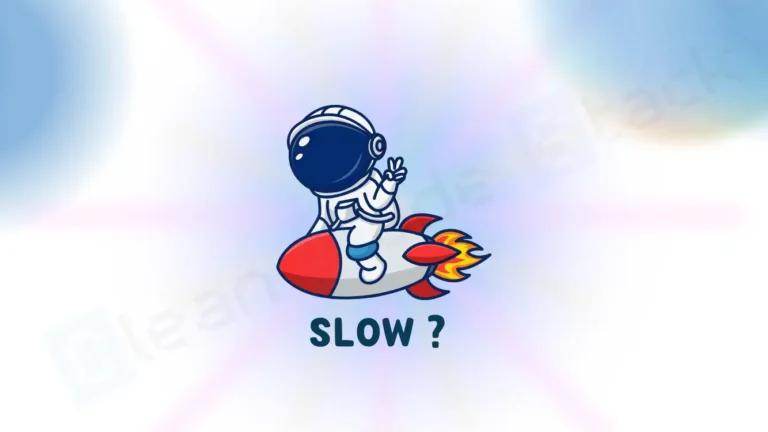Google I/O 2025 delivered some game-changing updates for Flutter developers. With Flutter maintaining its position as the most used multi-platform app framework since 2021 and powering 28% of all new free apps in the Apple App Store, these announcements solidify its dominance in cross-platform development. Here are the 9 most important updates with respect to flutter from Google I/O 2025.
Table of Contents
1. 🔥 Stateful Hot Reload for Flutter Web (Finally!)
The flagship feature everyone’s been waiting for is here! Hot reload now works on Flutter Web while preserving your app’s state. Available in preview with flutter run -d chrome --enable-experiment=hot-reload-web and already enabled on dartpad.dev.
This means no more losing form data, navigation state, or user interactions during web development. The Flutter team demonstrated this at Google I/O 2025, showing how you can iterate on web applications with the same lightning-fast development cycle that made Flutter famous on mobile.
2. 🚀 WebAssembly (WasmGC) Goes Mainstream
92% of the top 250 web packages now support WasmGC, delivering significantly faster startup times and improved rendering performance for Flutter web apps. This represents a massive leap forward, with WasmGC allowing Flutter apps to run with near-native performance in web browsers while maintaining the same codebase across all platforms.
With such widespread package support, developers can now confidently deploy Flutter web applications knowing they’ll deliver the smooth, responsive experience users expect from modern web apps.
3. 🔗 Revolutionary Native Interop
Flutter is dramatically simplifying native code integration through three key projects: merging the Flutter UI thread with the platform thread to eliminate forced asynchronous calls when using synchronous native APIs; introducing Build Hooks (available in preview on the main channel) to facilitate the download and integration of pre-built native library artifacts; and providing automated code generation tools, FFIgen (for C-like languages) and JNIgen (for Java/Kotlin), which read native header files to generate the necessary Dart translation code.
The ultimate vision is to enable developers to access all native code as easily as their own Dart code. While these features are still experimental, they represent a significant step toward seamless platform integration in Flutter, aiming to remove the complexity often associated with traditional platform channels.
Struggling with a slow flutter app? Here are 6 powerful techniques which could speed up your Flutter app.
4. 📱 Impeller Renderer Now Default on Android
Starting with Flutter 3.29, Impeller has become the default rendering engine on Android. However, devices running Android API level 28 and below (typically older, 10-year-old devices with dated graphics stacks) will continue to use the Skia renderer.
This shift to Impeller aims to deliver significant improvements in rendering consistency, performance, and visual fidelity across platforms. With Impeller as the default on both iOS and the vast majority of Android devices, developers can anticipate more unified behavior, fewer rendering-related issues, and enhanced performance, especially for visually rich and complex applications. The transition is generally seamless, leading to smoother animations and more predictable frame rates without requiring significant code changes.
While flutter is undoubtedly too good it has its own set of issues which might halt your idea to a production app. See this detailed post on the top 8 flutter web issues in 2025.
5. ⚡ Dart CLI Gets Major Speed Boost
The Dart CLI tool has been significantly optimized through AOT (Ahead-Of-Time) compilation. This results in substantial performance improvements, with commands like dart format becoming nearly instantaneous and dart analyze completing approximately 50% faster. Furthermore, cross-compilation support has been added, enabling the creation of Linux binaries from Windows and macOS machines, a particularly beneficial feature for developers targeting platforms like Raspberry Pi.
These improvements are designed to enhance the overall development workflow. Faster tooling translates to less context switching, reduced waiting times, and a more seamless and efficient development experience. This update is currently available in the main channel and is expected to reach the stable channel later this year.
6. 🤖 Streamlined AI Integration: Introducing Firebase AI Logic
Firebase AI Logic emerges, unifying Vertex AI in Firebase and providing developers with a single, streamlined Dart SDK to access both the power of Vertex AI and the developer-friendly Gemini APIs. Bolstering this integration is the new AI Monitoring Dashboard within the Firebase console, offering actionable insights into your application’s consumption patterns, performance metrics, and potential issues when utilizing the Gemini API.
A standout addition is the Gemini Live API (currently in preview, exclusively on Vertex AI). This unlocks real-time, low-latency bidirectional audio streaming, enabling conversational AI experiences. A compelling live demo showcased a Flutter-based plant identifier application where users could engage in natural conversations with Gemini to identify plants using their device’s camera, demonstrating a seamless experience across both web and mobile platforms! See the demo below:
7. 🎯 Dot Shorthand Syntax (Coming H2 2024)
Write cleaner code with context-aware shortcuts like crossAxisAlignment: .stretch instead of the full CrossAxisAlignment.stretch. The feature is type-safe with full IDE support including code completion and refactoring.
While it might seem like a minor cosmetic change, it significantly improves code readability and reduces typing burden, especially in Flutter applications where widget configuration often involves many enumeration values. This joins other recent Dart improvements like null-aware elements and wildcard variables.
8. 🛠️ Enhanced Developer Tools
Several key enhancements to developer tools aim to boost productivity. A new Property Editor in IDEs provides a visual interface for modifying widget properties, with real-time code updates and hot reload functionality. The DevTools Inspector now features condensed widget trees, simplifying the widget hierarchy, and a streamlined properties view for easier debugging.
Pub.dev, the Dart package manager, gains several improvements, including a dark mode for better readability, download counts per package version to understand usage patterns, and a new “Trending Packages” section to facilitate the discovery of promising libraries. Responding to community feedback, the Dart formatter now offers configuration options to disable the automatic removal of trailing commas, providing greater control over code style.
9. 🍏 Enhanced iOS Fidelity: Cupertino Foundation Overhaul and More
Flutter has significantly enhanced its iOS fidelity with a comprehensive overhaul of its Cupertino widgets and underlying foundation. This includes migrating tens of thousands of lines of Cupertino-specific code into Flutter’s base widgets library, refining spring and scrolling physics for a more natural feel and updating navigation bars with improved search field integration.
Furthermore, the transition to Swift Package Manager is progressing rapidly, with over 150 plugins, including all Firebase plugins, now supporting SPM. This migration aims to simplify development setups, improve build times, and align with Apple’s recommended best practices for iOS development.








